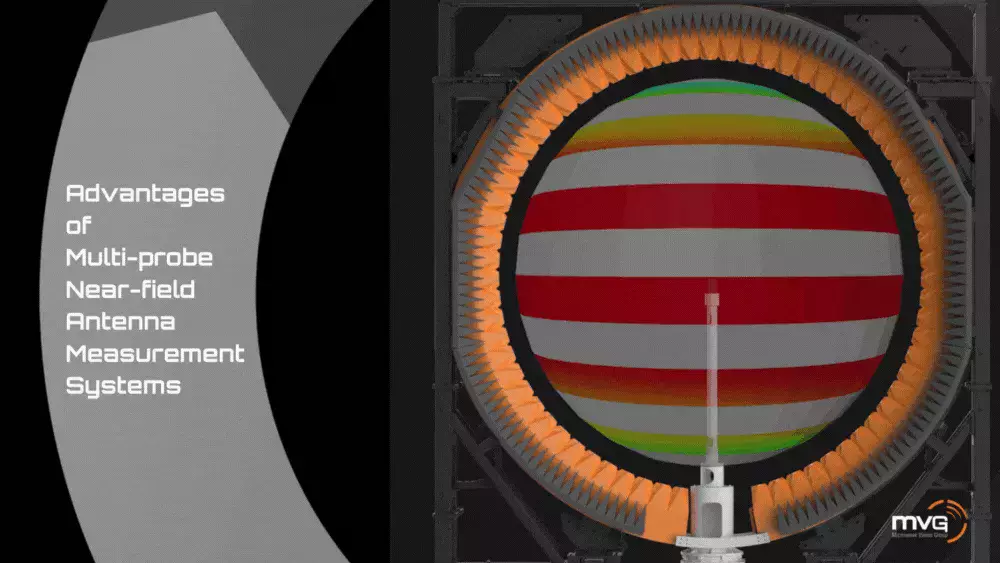
发表于 10/05/2023 16:00:00
A multi-probe near-field measurement system can acquire multiple beam states and frequencies with a scan of its probe array in a matter of seconds. For example, for a phased array antenna with thousands of beam states to measure and validate during a spherical near-field measurement, repeat scans from the probe array can result in a full spherical radiation pattern in minutes, resulting in tremendous time savings.
And while one frequency measurement can be completed in a few minutes, for test campaigns with many frequencies to be measured, parallel receivers can be used in a multi-probe test system to shorten measurement times even further.
But it is not only about time, it is also a matter of accuracy. Multi-probe near-field measurement systems guarantee improved accuracy and repeatability due to several associated factors:
Fewer mechanical movements - Multiple mechanical movements can be a source of disturbance and error. In traditional single-probe spherical measurement systems, the DUT is rotated in azimuth and in elevation in front of a single probe. In a multi-probe spherical system, these mechanical movements are reduced to only the rotation of the DUT in azimuth, while its EM field is electronically scanned by the multi-probe array. This results in fewer mechanical movements and assists in sustaining measurement accuracy and repeatability.
Continuous RF drift compensation - RF channel drift is possible over time and temperature. A multi-probe system equipped with an integrated reference probe enables continuous drift compensation, thus ensuring measurement data accuracy over time.
Knowledge of error budget & comparative studies assist in the accuracy and repeatability of a multi-probe measurement system. Each MVG antenna measurement system undergoes a validation process where the error budget is determined. Second, comparative data from other types of ranges is compiled. Both are used to fine tune the accuracy and repeatability of MVG multi-probe systems.
Oversampling - With respect to the Nyquist criterion, the larger the DUT, the more measurement points are required. Oversampling capabilities integrated into a multi-probe near-field spherical test system enable complete near-field measurements and higher precision in measurement results while achieving fast test times.
In short, there are multiple advantages to testing with multi-probe near-field antenna measurement systems but the most significant are measurement speed and accuracy.